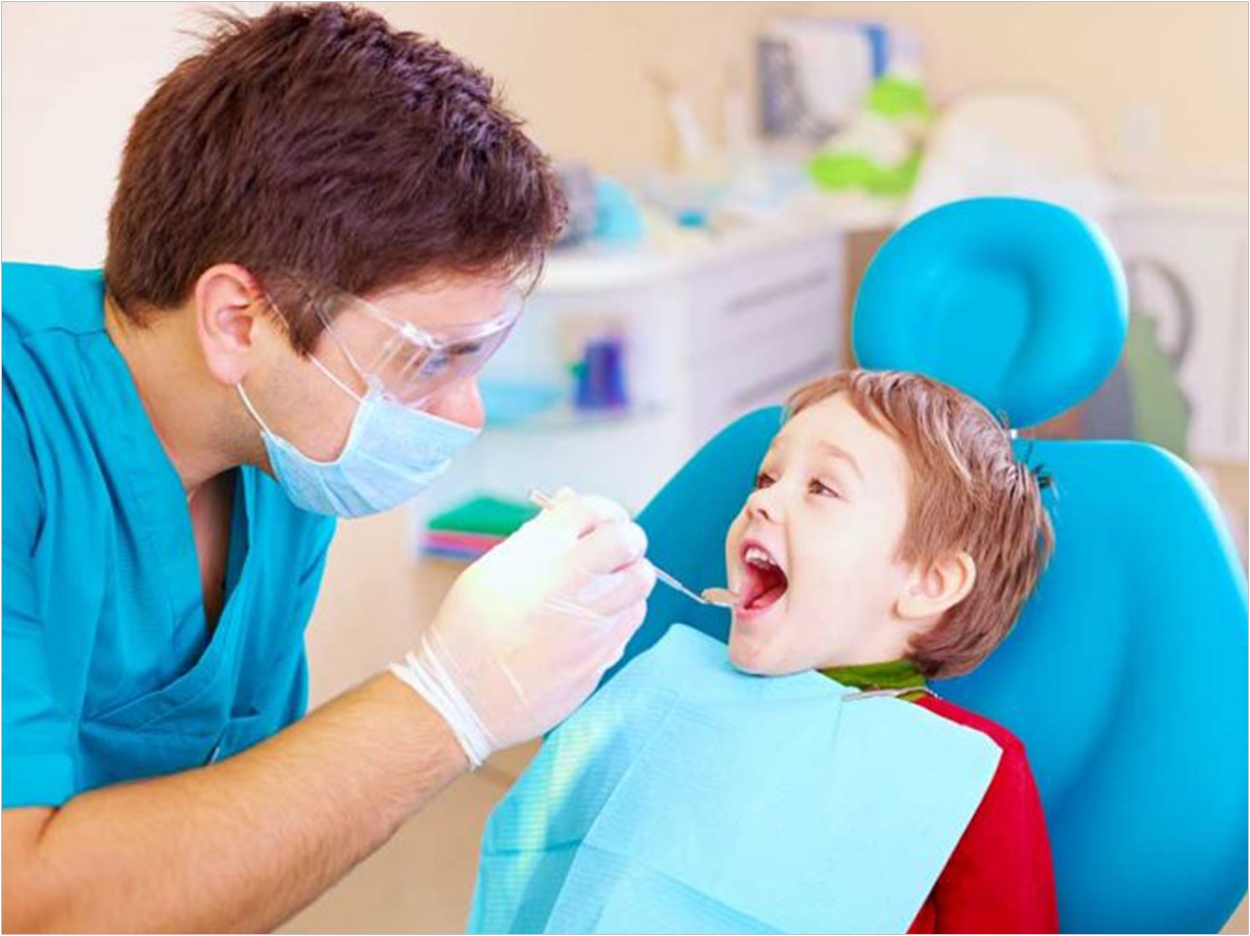
The American Academy of Pediatric Dentistry (AAPD) has released its second State of Little Teeth Report, which draws on the latest scientific research and examines tooth decay among children in the United States through the lens of the current healthcare policy landscape. It also explores a variety of solutions for pediatric dentists, parents, and policy makers.
In 2014, the AAPD’s first report explored tooth decay among the nation’s youngest children and studied the immediate and long-term health, social, and economic effects and implications of the Affordable Care Act for pediatric oral health. It also provided solutions and recommendations for halting the increase of tooth decay in children.
According to the 2019 report, the prevalence of tooth decay has decreased overall, but there is significant room for improvement. In the United States, tooth decay affects nearly one in five children under the age of 5, about half of children between the ages of 6 and 11, and more than half of those between the ages of 12 and 19.
Also, children living in poverty are twice as likely to suffer from tooth decay, and their dental diseases are more than twice as likely to go untreated as their more affluent peers. Treatment of severe tooth decay can cost $10,000 per child and up to $25,000 in severe cases, especially if the child needs to be hospitalized and treated under general anesthesia.
Even though more children are visiting the dentist than ever before, the AAPD says, many children have difficulty accessing pediatric dental services. Tooth decay in young children continues to be a concern globally, and this public health crisis poses an immediate and long-term threat not just to the teeth of young children but to their overall health and development, the AAPD reports.
“Tooth decay is nearly 100% preventable. Early dental visits, combined with good dental habits and dietary practices, can slow the decay process in children,” said Dr. Joseph Castellano, president of the AAPD.
“In addition, a preventive approach to oral health makes dental care safe, more comfortable, and even more affordable. It’s our hope that this report provides the basis for a meaningful discussion about the challenges facing the oral health of our children and what we can do about it,” Castellano said.
The AAPD calls the establishment of a dental home with a pediatric dentist key to preventive oral care, leading to beneficial oral health habits for life as pediatric dentists work to improve children’s dental health year round. Pediatric dentists actively advocate for children by leading efforts to protect water fluoridation, serving young children through organizations like Head Start, promoting public health activities, and testifying about bills affecting access to care.
The report notes that the tooth decay epidemic could be partially remedied by earlier and regularly scheduled dental visits for more children, achieved through advocacy by pediatric dentists, collaboration with primary care medical providers, education for parents, and removal of barriers such as transportation and language that prevent patients from visiting a dentist.
The AAPD also says that continued reform and improvement of public insurance programs will protect dental visits by children most susceptible to dental disease. As a result of these efforts, the AAPD says, more children can enjoy a lifetime of better oral health.
Related Articles
We Can Do More for Low-Income Kids Than Drill, Fill, and Pull
Improving Oral Health Outcomes for Children With Special Needs
Guardians of the Smile Creates Positive Oral Health Habits in Children












